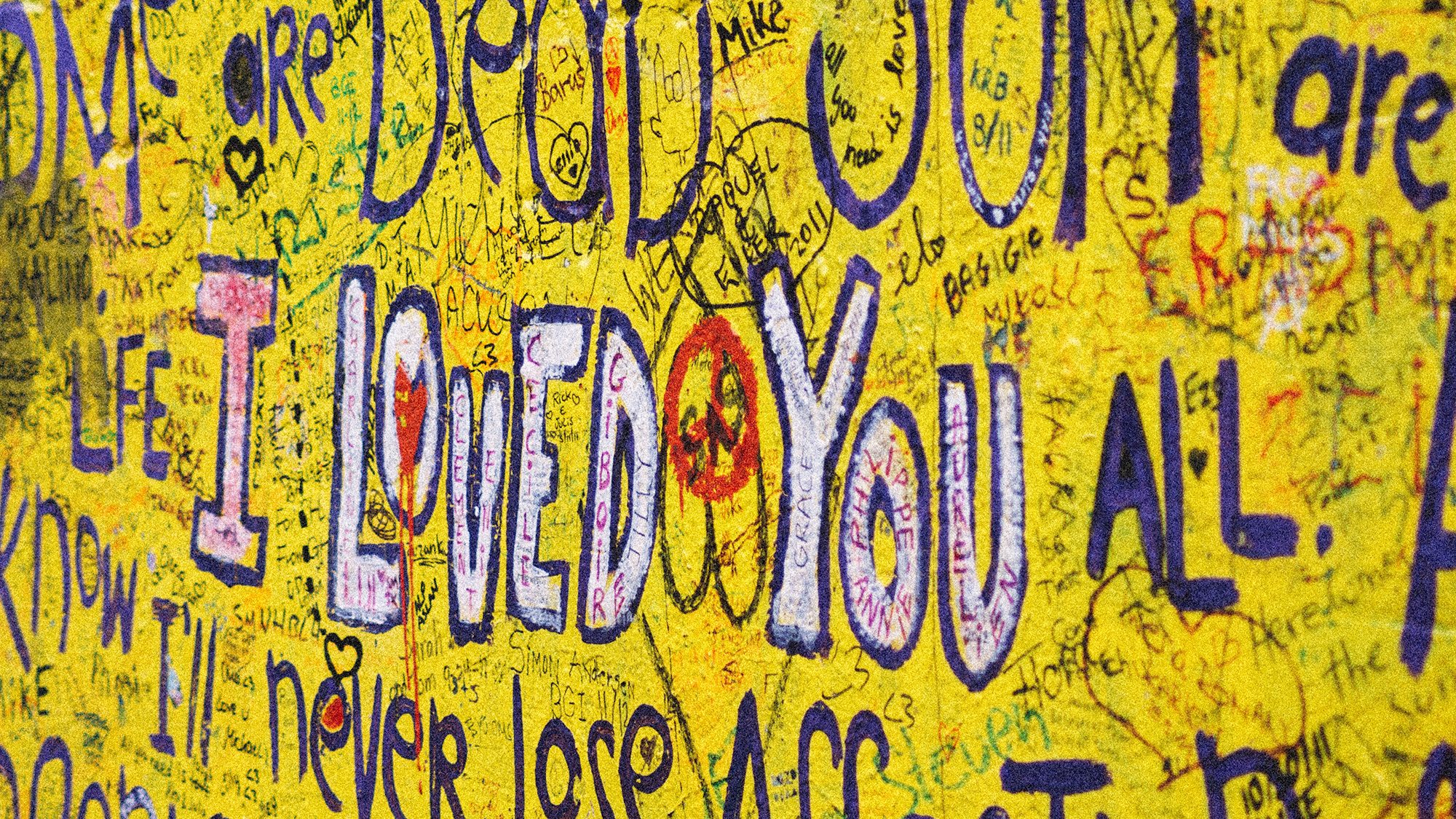The signs of unhealthy power dynamics in a relationship — and how to even them out

- The balance of power in relationships is an ever-changing status that deserves to be carefully monitored.
- Negative balances of power can be defined by three different relationship dynamics: demand-withdrawal, distancer-pursuer, and fear-shame.
- Researchers have conducted several studies and generated a list of questions that can help you determine whether your relationship has a negative power imbalance.
What is a “power imbalance” in a relationship? To understand the roots of unhealthy power dynamics, it is important to define power in this particular context: the ability to direct or influence the behavior of another person in particular ways. It is not limited to domination and submission. Instead, power in relationships is understood to be the respective abilities of each person in the relationship to influence each other and direct the relationship, and this is a very complex element of romantic partnerships.
Possession of power changes the human psyche, usually in ways that we aren’t aware of — one of which is the activation of the behavioral approach system that’s based in our left frontal cortex. This system is fueled by the neurotransmitter dopamine, which is considered a “feel-good” chemical. Being in control or having power feels good, and this surge of dopamine that comes from feeling empowered or powerful is automatic, not something we can control.
According to UC Berkeley psychologist Dacher Keltner, having power makes people more likely to behave in sociopathic ways, putting the human drive for reward above the intimacy and connection we have with our partners. This is one reason why power imbalances in relationships are always changing.
How unhealthy power dynamics could be damaging your relationship (and your mental health)
There are three types of relationship dynamics that can result from negative power imbalances within the relationship: demand-withdrawal, distancer-pursuer, and fear-shame.
The demand-withdrawal dynamic occurs when one partner is the “demander” who seeks change and discussion, and is in constant search of a resolution to issues within the relationship. Meanwhile the other partner is withdrawn, seeking to avoid the issues.
According to a study published in the journal Personal Relationships, the demand-withdrawal dynamic has been linked with spousal depression and is a powerful predictor of divorce and dissatisfaction in marriage. The findings also showed that women were more likely to be the “demanders” while men were more often “withdrawn” in relationships with a clear demand-withdrawal dynamic.
The distancer-pursuer dynamic occurs when one person (known as the pursuer) tries to achieve and maintain a certain degree of intimacy with their partner (the distancer), who considers this affection to be smothering.
In this unhealthy dynamic, the closer the pursuer wants to be, the more resistant, defiant, and withdrawn the distancer becomes. It is similar to the “demand-withdrawal” dynamic. However, in distancer-pursuer relationships the struggle is over a deeper connection, not so much who has more power.
The distancer would imagine the issue in the relationship to be the neediness of their partner, while the pursuer would feel their partner has been cold and potentially even purposefully destructive by withholding affection.
The fear-shame dynamic is often an “unconscious” culprit of relationship troubles, as the fear and insecurity of one partner would bring out the shame and avoidance in the other, and vice versa.
According to Dr. Steven Stosny, the vulnerability of fear and shame is influenced by many different variables (such as hormone levels and traumatic experiences), which can make this dynamic particularly difficult to get out of. Two separate researchers of negative power imbalances in relationships, Dr. John Gottman and E. Mavis Hetherington, concluded that couples who are seemingly stuck in one of these three negative power dynamics were at a very high risk for divorce.
Is there such a thing as a positive power struggle?
While the idea of a power struggle or imbalance indicates something negative, not all power struggles are lead to unhealthy power dynamics. While the beginning stages of love might have you feeling as though you’ve found your “other half,” relationships consist of two unique people who have different opinions, beliefs, and viewpoints.
Naturally, there will be times when there is an imbalance in your relationship. But there are some types of power struggles that allow growth within the relationship and encourage a deeper understanding and respect for each other.
According to psychiatrist Kurt Smith, a positive power struggle is one that ultimately results in the growth of the relationship. While the struggle is still a struggle, by the end of it, you will have reached an understanding of which lines can be crossed, which cannot, and how much each partner is able to compromise.
How to spot unhealthy power dynamics in your relationship
Psychology researchers Allison Farrell, Jeffry Simpson, and Alexander Rothman conducted three separate studies* on the balance of power in relationships and from the results, were able to come up with a self-report style “test” (called the Relationship Power Inventory) for romantic partners to assess whether their relationship suffers from unhealthy power dynamics.
The questions provided in this inventory target important aspects of power within romantic relationships and can help you and your partner assess whether you have a negative or positive imbalance of power.
- I have more say than my partner does when we make decisions in our relationship.
- I have more control over decision making than my partner does in our relationship.
- When we make decisions in our relationship, I get the final say.
- I have more influence than my partner does on decisions in our relationship.
- I have more power than my partner when deciding about issues in our relationship.
- I am more likely than my partner to get my way when we disagree about issues in our relationship.
- My partner typically accepts what I want when we make decisions in this domain.
- My partner tends to give in to my preferences when we disagree about decisions in this domain.
- My partner has more say than I do when we make decisions in our relationship.
- My partner has more control over decision making than I do in our relationship.
- When we make decisions in our relationship, my partner gets the final say.
- My partner has more influence than I do on decisions in our relationship.
- My partner has more power than me when deciding about issues in our relationship.
- My partner is more likely to get his/her way than me when we disagree about issues in our relationship.
- I typically accept what my partner wants when we make decisions in this domain.
- I tend to give in to my partner’s preferences when we disagree about decisions in this domain.
- I am more likely than my partner to start discussions about issues in our relationship.
- When my partner and I make decisions in our relationship, I tend to structure and lead the discussion.
- I lay out the options more than my partner does when we discuss decisions in our relationship.
- I tend to bring up issues in our relationship more often than my partner does.
- I generally steer the discussions my partner and I have about decisions in this domain.
- I can make my partner come around to what I want when making decisions in this domain without him/her noticing what I am doing.
- My partner is more likely than me to start discussions about issues in our relationship.
- When my partner and I make decisions in our relationship, my partner tends to structure and lead the discussion.
- My partner lays out the options more than I do when we discuss decisions in this domain.
- My partner tends to bring up issues in this domain more often than I do.
- My partner generally steers the discussions we have about decisions in this domain.
- After the fact, I sometimes realize my partner influenced me without my noticing when making decisions in this domain.
You can find more on the Relationship Power Inventory here. (*A note on the parameters of these studies: The studies mentioned above were limited to couples who were involved in monogamous heterosexual relationships, as much of the past research about power dynamics in romantic couples also focused on heterosexual relationships.)
Shared power
The balance of power within your relationship is a fascinating and extremely important thing to be aware of, as it can play a key role in the positive (or negative) direction of your romantic life together.
Reaching a balance in power can be explained as “shared power,” where both partners take responsibility for themselves and the health of the relationship. In this ideal balance of power, ideas and decisions are shared jointly and points of view are respected and valued. There is an open line of communication and where issues arise, there is space for vulnerability and compassion.
Here are some of the key elements that produce a healthy balance of power.
- Attention: when both partners feel their emotional needs are being met
- Influence: when both partners have the ability to engage with and emotionally affect the other.
- Accommodation: while there may be times where one partner’s need must be put above the others (in a time of tragedy, for example), most decisions are made jointly.
- Respect: when each partner has positive regard, respect, and admiration for the humanity of the other person.
- Selfhood: when each partner maintains a positive value of self and is able to be their own person both within and outside of the relationship.
- Vulnerability: each partner is willing to admit fault, weakness or uncertainties in themselves.
- Fairness: when both partners feel that the responsibilities and duties in their lives are divided in a way that supports each person.
According to social psychiatrist Theresa e DiDonato, one of the keys to a successful long-term relationship is a consistent reassessment of the balance of power. In healthy relationships, the power structure will inevitably shift and change as both people involved change and as you tackle new life challenges together.
This article was originally published January 30, 2020. It was updated in February 2022.





